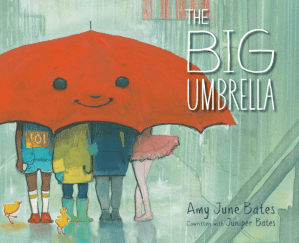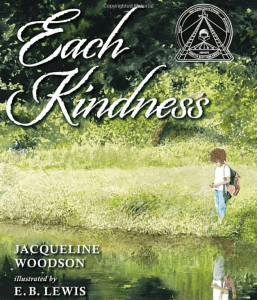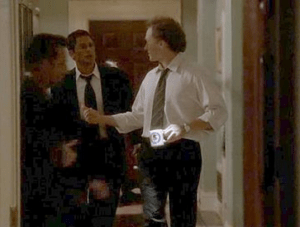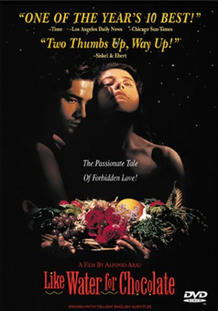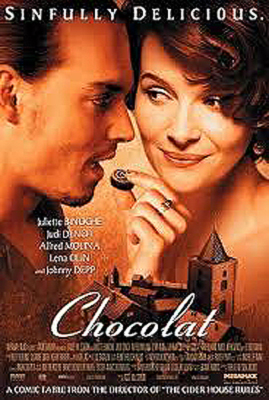 At my first writing conference several years ago, editors and agents told the crowded room of enthusiastic writers that they were looking for “a unique voice”. I had no idea what that meant.
At my first writing conference several years ago, editors and agents told the crowded room of enthusiastic writers that they were looking for “a unique voice”. I had no idea what that meant.
My response: “What the heck is that, and how to I get one?”
Luckily, I had enough sense not to say that out loud. Instead, I kept writing and going to conferences, and eventually I found my “voice”.
If you’ve been writing fiction for some time, you’ve most likely developed your unique voice. This post is for anyone in the early stages of their writing journey, and are too shy to ask, “what the heck is voice?”
What is “Voice” anyway?
Voice, quite simply, is character and personality.
Voice is the rhythm, tempo, and style that sparks with originality, and projects emotion and tone. Voice blends the personality of the writer with that of the characters in a story.
“What’s so hard about that?” I just have to be myself,” you might be thinking.
True. But in good fiction, characters, events, emotions, and voice need to be larger than life. Translating personality onto the page in a way that is authentic and brings characters to life, can an obscure path to navigate. Trust me on this.
I don’t know about you, but talking about concepts only takes me so far. I need examples to ground ideas in something practical. The following examples of voice are in the first person, so the personality (voice) is easier to ascertain. Third person and omniscient points of view also have distinctive voices, but we’ll save that for another time.
The book series was as popular as the movies, because of the unique voice Meg Cabot brings to her characters. Mia may be a princess, but her voice is that of a quirky, insecure, and slightly irreverent teenager. If you haven’t read the series, it’s a must for character study and voice.
But a PRINCE? Of a whole COUNTRY? I mean, I  knew Dad was in politics, and of course I knew he had money–how many kids at my school have summer homes in France? Martha’s Vineyard, maybe, but not France.
knew Dad was in politics, and of course I knew he had money–how many kids at my school have summer homes in France? Martha’s Vineyard, maybe, but not France.
So what I want to know is, if my dad’s an actual prince, how come I have to learn Algebra? I mean, seriously.
Katherine Applegate uses the voice of Ivan to tell his heartfelt story. Ivan’s honest simplicity pulls us close and holds us there. Ivan is as believable (as a narrator) as his voice is unique.
I am Ivan. I am a gorilla.
It’s not as easy as it looks.
People call me the Freeway Gorilla. The Ape at Exit 8. The One and Only Ivan, Mighty Silverback.
The names are mine. But they are not me. I am Ivan, just Ivan, only Ivan.
Rachel Hawkins infuses Southern charm and etiquette in the voice of her characters, in this fun and quirky, kick-butt tale.
Now this is when it really gets weird. I know, I know, dead janitor in disguise, killer history teacher, how much weirder could it get?
Lots. Trust me.
When Dr. DuPont put that sword–well, scimitar–on my neck, I didn’t feel scared, like, at all. Instead, I felt that tingle in my chest again, only this time, it was more like this … energy. …
I didn’t knee him in the groin, although I didn’t rule that move out. Instead I … ugh, this is so embarrassing.
I head-butted him.
I know, like a soccer hooligan or something.

How do you find your voice?
You may be thinking, “Wow, those are great examples. But how do I find my voice?”
It’s a simple, but not quick. Don’t hate me:
Read. Read. Read, and read some more.
Read everything in your genre, then read authors in other genres. When you find an author whose style resonates with you, read everything they’ve ever written. Then read those books again. By reading and rereading their words, you absorb the rhythm and style of the prose. It’s learning through osmosis.
Voice isn’t a static thing, though. It’s a quality that evolves with the author, as they hone and polish their craft. That’s what’s so wonderful about writing. It’s not a static process. There’s always room for growth, for improvement.
Which author’s voice resonates with you?




